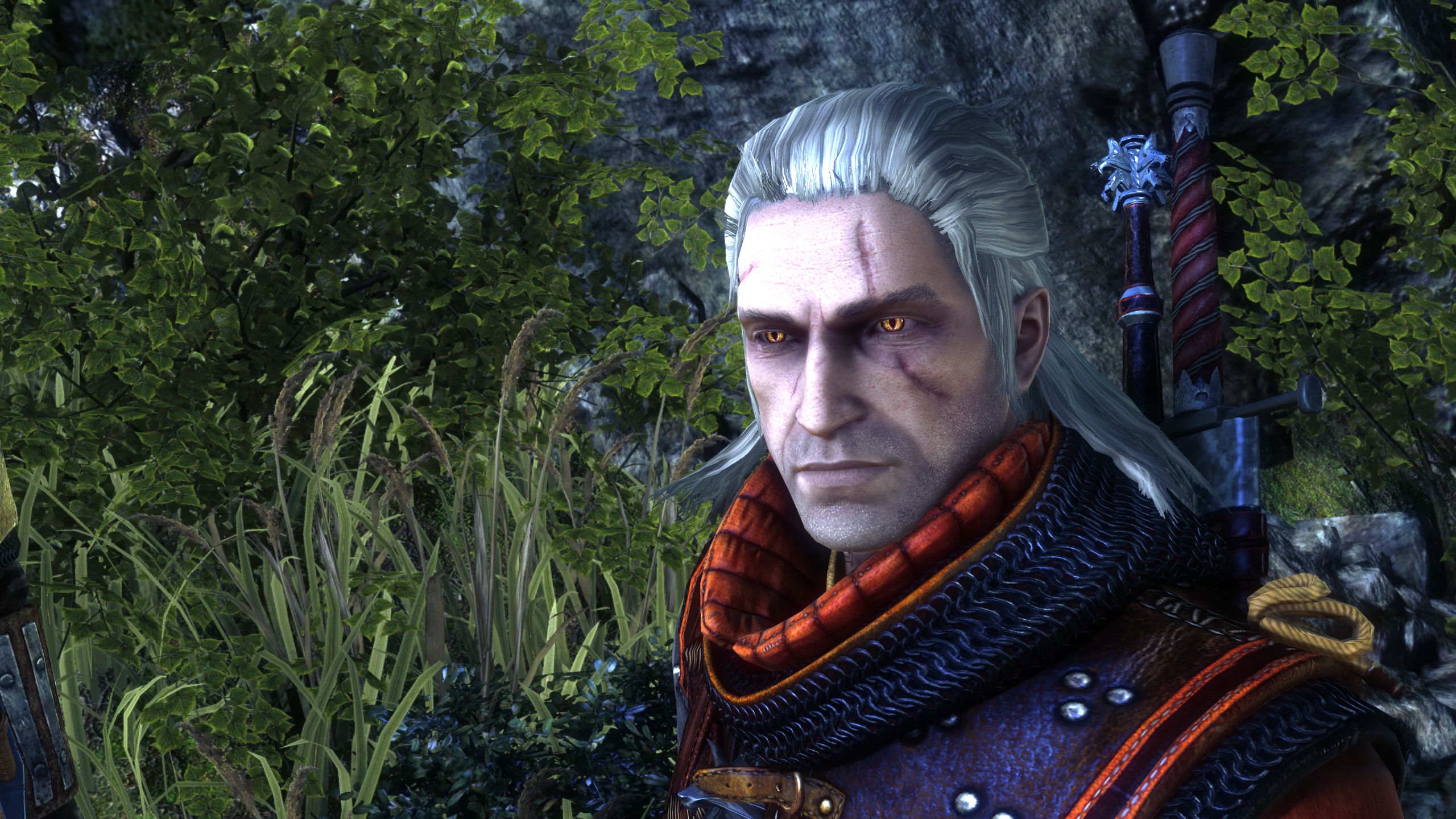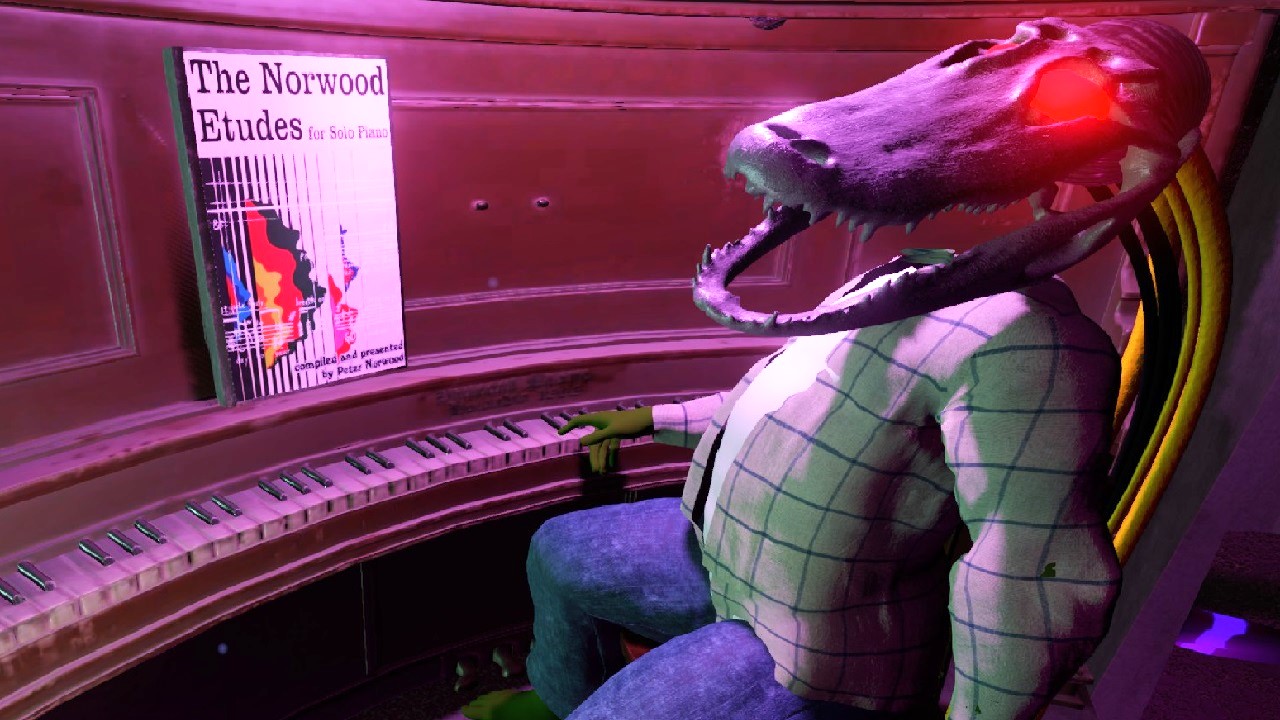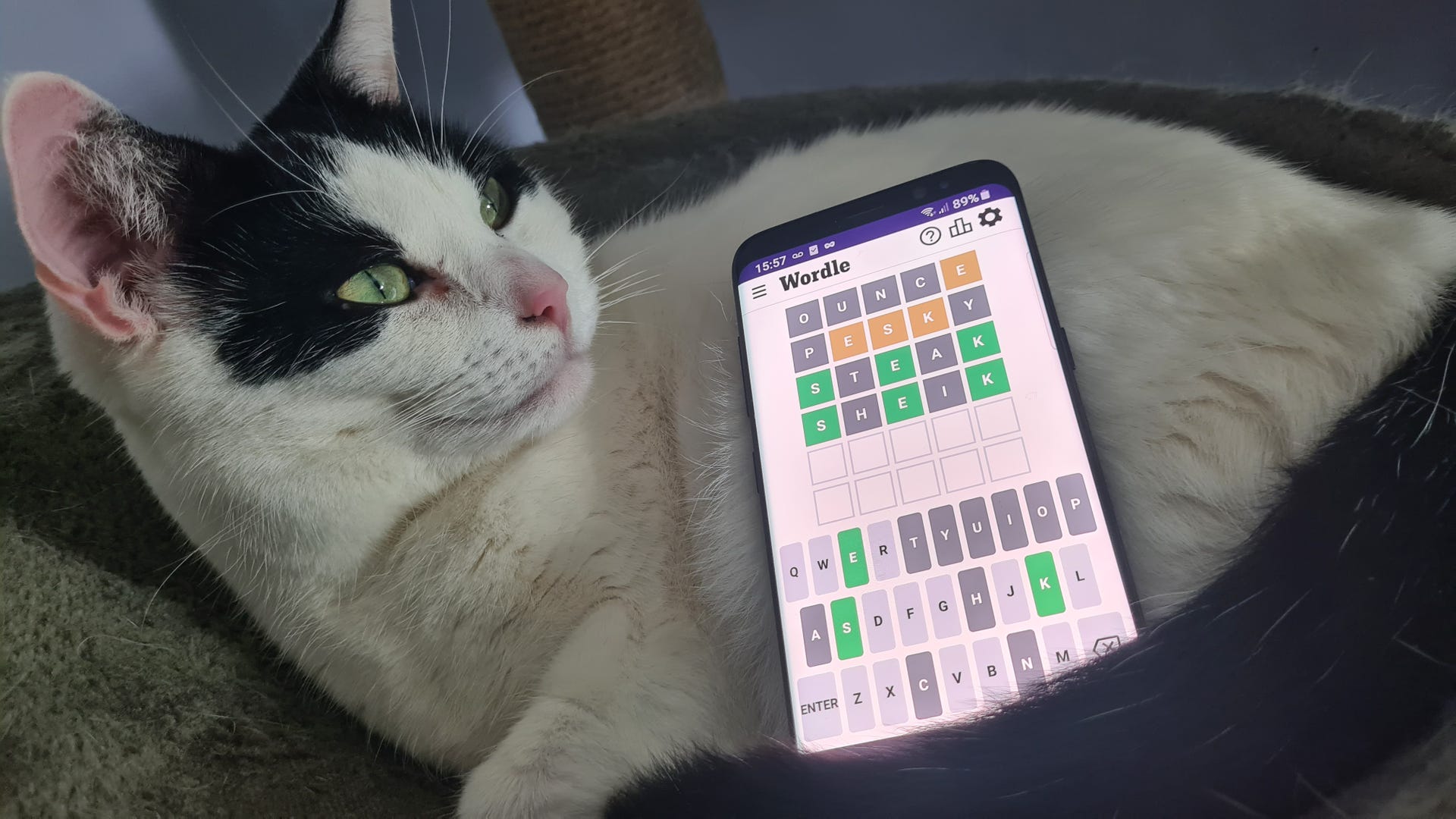
"That's what really differentiated them from everyone else."
John Romero could be ordained as Pope, and people would still come up at mass and ask him about the early days of id Software and Doom. One of the key figures in early FPS history and by far the most infamous and outspoken, Romero’s brand of hirsute grungy swagger worked for a very simple reason: the games he designed and promoted were brilliant (until they weren’t).
These days Romero is head of Romero Games, currently working on an unannounced FPS, and has given an interview to Ars Technica about being known for Doom over three decades. Doom of course was the culmination of id’s work up until that point, but that was standing on the shoulders of the successful Wolfenstein 3D, which itself had followed from the earlier id titles Hovertank One and Catacomb 3-D.
It’s the latter title that Romero credits with opening his eyes. At the time id was best-known for its Commander Keen games, and were in the early stages of making another 2D side-scroller in that series. “Within two weeks, [I was up] at one in the morning and I’m just like, ‘Guys we need to not make this game [Keen],'” Romero tells Ars. “‘This is not the future. The future is getting better at what we just did with Catacomb’… And everyone was immediately like, ‘Yeah, you’re right. That is the new thing, and we haven’t seen it, and we can do it, so why aren’t we doing it?'”
Romero claims the team began work on Wolfenstein 3D that very night, but the principles id had followed in representing 3D space in its earlier titles would stand them in good stead. What set id’s games apart “was our speed—the speed of the game was critical to us having that massive differentiation. Everyone else was trying to do a world that was proper 3D—six degrees of freedom or representation that was really detailed. And for us, the way that we were going to go was a simple rendering at a high speed with good gameplay. Those were our pillars, and we stuck with them, and that’s what really differentiated them from everyone else.”
I’m not sure anyone around id was talking about gaming pillars with Wolfenstein, and amusingly enough Romero goes on to recount that the team didn’t bother with things like design docs, preferring to share some broad ideas “and then we all just work on our own thing.”
As for organising the project… well, John had his computer, and the other John had his computer. “The files that I’m going to work on, [Carmack] doesn’t touch, and I don’t touch his files,” recalls Romero of programming alongside John Carmack. “I only put the files on my transfer floppy disk that he needs, and it’s OK for him to copy everything off of there and overwrite what he has because it’s only my files, and vice versa. If for some reason the hard drive crashed, we could rebuild the source from anyone’s copies of what they’ve got.”
(Image credit: Noclip on YouTube)
WAD next?
One thing id did have with Wolfenstein, however, was time. Prior to this title it had been creating games for publishers Softdisk and Apogee, most of which were distributed in magazines or as shareware, and which had intensely tight turnarounds of two months. But Wolfenstein 3D “was the first time where we felt we had no limit on time,” says Romero, and because of this the team played around with features from the 2D original like searching dead enemies and dragging corpses out of sightlines.
But they didn’t gel with “this high-speed run-and-gun gameplay… It’s violating the game whose character is now coming through as we make it. You kind of find the game while you’re making it. You have a plan, but then the game itself is kind of coming out of what we’re making. We can keep on shaping it or forcing it in a certain direction or let it go where it’s going.”
Where Wolfenstein 3D was going was huge success, with its new style of fast and brutal FPS combat something players simply hadn’t seen before. Much of what id learned would be repurposed and refined for Doom, but the scale of Wolfenstein’s popularity gave the studio other lessons, and one in particular that would prove crucial to Doom’s longevity.
“People were trying to mod Wolfenstein, and we had no idea until we saw people do it,” says Romero. The game’s compression made this “really hard”, with id’s only focus being a small filesize on disk, “but when we saw the lengths people had to go to just to get access and make levels, it was like, we need to completely open the next game.”
Romero credits Doom’s resulting WAD file format as what “lets people generate tons of content for Doom” to this day, and once again highlights the speed. “People who are content creators want to make something and see it within seconds. That’s a payoff, and Doom allowed that. In ten seconds, I can make a room in Doom and run it.”
Doom has had a thriving community around from launch to this day, and Romero himself has returned to the game and its sequel over the years. Late last year brought Sigil 2 from the designer, an experience that a breathless Robert Jones described as “the closest experience I’ve had to genuine PC gaming time travel.” Doom celebrated 30 years in December 2023 and is arguably as popular as it ever has been: in one of those moments that would warm even a zombie soldier’s heart, Romero and Carmack had their own little reunion to mark the date.






